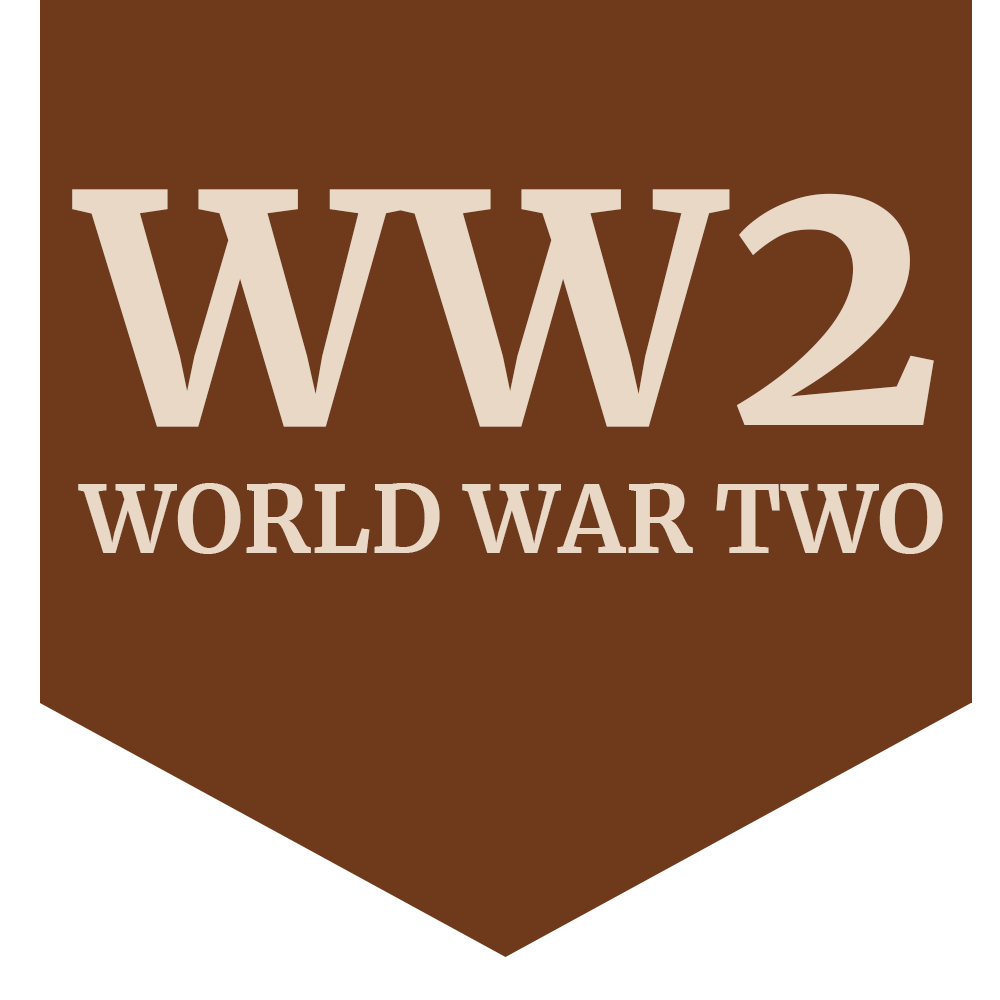
Kenneth Ramsey Rawson Duckworth
Pre war Royal Navy.
- Family History
- Military history
- Extra information
- Photographs
He was the first of three children born to John William and Alice May Duckworth. During his early childhood, his family lived in Newark, but they then moved to Doncaster. It was in Doncaster that his sister Norah was born in 1926. His brother Keith was born in Bradford, Yorkshire in 1941. Ken attended Doncaster Grammar School and worked as an errand boy until joining the Navy on 05 January 1937.
Joining the Royal Navy on 05 January 1937. He was trained at H.M.S. Ganges until
10/6/1938. At that time, he joined H.M.S. Iron Duke. He remained at Iron Duke until 1/10/1938 when he was drafted to the battle cruiser Hood. Upon joining Hood, Ken was a Boy 1st Class. He was subsequently promoted to Ordinary Seaman on 1/1/1939. He was promoted to Able Seaman the following January.
When Bismarck sailed for the Atlantic in May 1941, Hood, together with the newly commissioned battleship Prince of Wales, was sent out in pursuit along with several other groups of British capital ships to intercept the German ships before they could break into the Atlantic and attack Allied convoys. Hood was commanded by Captain Ralph Kerr and was flying the flag of Vice- Admiral Lancelot Holland. The German ships were spotted by two British heavy cruisers (Norfolk & Suffolk)
23 May, and Holland's ships intercepted Bismarck and her consort, the heavy cruiser Prinz Eugen, in the Denmark Strait between Greenland and Iceland on 24 May. The British squadron spotted the Germans at 05:37 (ship's clocks were set four hours ahead of local time – the engagement commenced shortly after dawn), but the Germans were already aware of their presence, Prinz Eugen's hydrophones having previously detected the sounds of high-speed propellers to their south-east. The British opened fire at 05:52 with Hood engaging Prinz Eugen, the lead ship in the German formation, and the Germans returned fire at 05:55, both ships concentrating on Hood. Prinz Eugen was probably the first ship to score when a shell hit Hood's boat deck, between her funnels, and started a large fire among the ready-use ammunition for the anti-aircraft guns and rockets of the UP mounts. Just before 06:00, while Hood was turning 20° to port to unmask her rear turrets, she was hit again on the boat deck by one or more shells from Bismarck's fifth salvo, fired from arange of approximately 16,650 meters (18,210 yd). A shell from this salvo appears to have hit the spotting top, as the boat deck was showered with body parts and debris. A huge jet of flame burst out of Hood from the vicinity of the mainmast, followed by a devastating magazine explosion that destroyed the aft part of the ship. This explosion broke the back of Hood, and the last sight of the ship, which sank in only three minutes, was her bow, nearly vertical in the water. A note on a survivor's sketch in the British RN Historical Branch Archives gives 63°20′N 31°50′W as the position of the sinking. Hood sank with 1418 men aboard. Only three survived: Ordinary Signalman Ted Briggs, Able Seaman Robert Tilburn, and Midshipman William John Dundas. The three were rescued about two hours after the sinking by the destroyer Electra, which spotted substantial debris but no bodies.
Unknown


